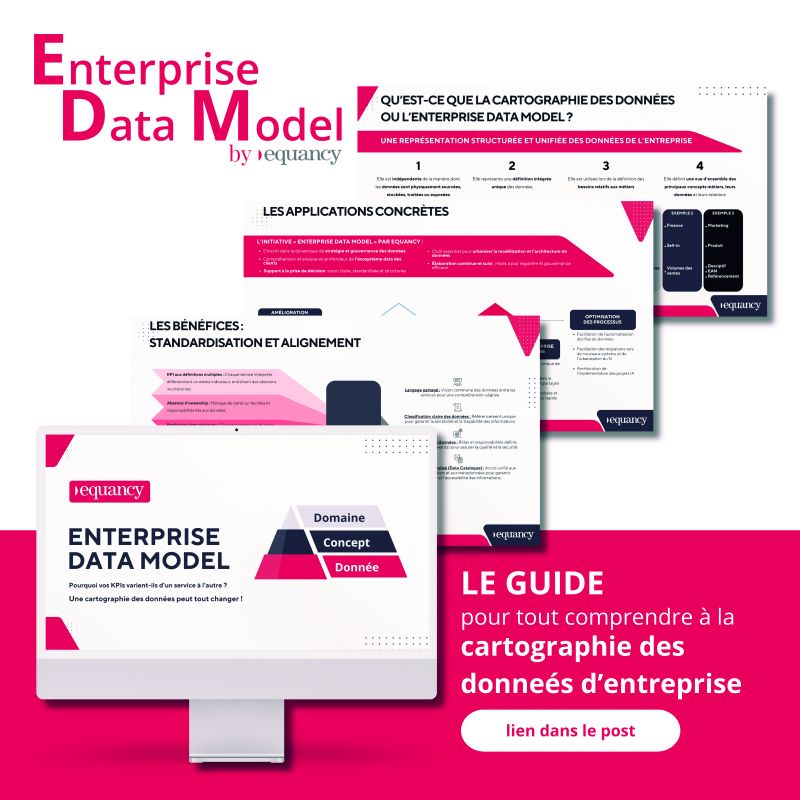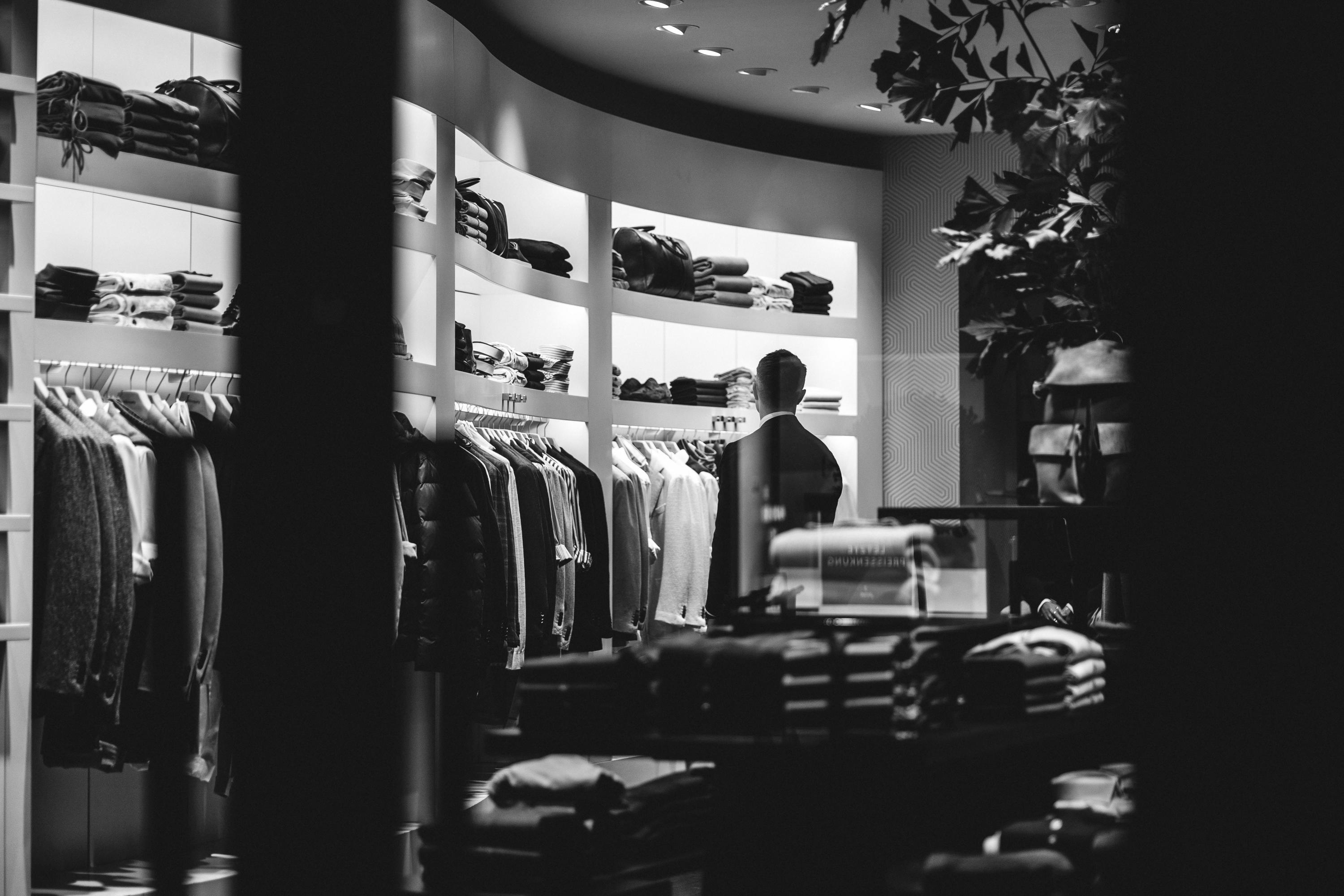Insurers - How can we (re)insure young adults in 2024?
Carefree, generous, independent, eco-friendly... Qualifiers that are often stuck on the backs of "young people", through surveys aimed at collecting, in a well-constructed way, their opinion.
Starting point of our study, a question of methodology: what if, to survey them, we had to change approach? What if, to portray their true personality, we had to avoid making them fit into pre-established boxes , but rather really listen to them ?
This is why we decided, by partnering with Semantiweb , a specialist in social listening, to go to the source, and collect a raw, unfiltered testimony. And today, for young people, this field is called TikTok , of course.
So, what portrait of Gen Z do we draw from this? And for insurance, which must answer their sometimes existential questions, what are the ways to “reassure” them? The answer in 4 axes.
1st axis, support . What Gen Zers post on their favorite network is sometimes their dismay as “ twenty-somethings ” thrown into an adult world, whose codes and seriousness they do not understand. A difficult “milestone” to pass, especially since many took this step at the time of a pandemic which reinforced their isolation and their uneasiness. So some turn to sport, do check-ups and focus on their mental health, strongly affected by months of confinement. Brands have been able to approach this delicate moment, by having stars testify about their own experiences with the disease, like Maybelline with Amel Bent, thus creating an unprecedented connection with its audiences.
Another way to help young people is to decode entry into adulthood. Alone in their studio, they see adoptive parents in the psychologist and the banker. Some bank insurers have been able to develop 'useful' solutions - for example Crédit Agricole on YouTube ( Youzful with the job interview, QED on monetary management). And thus play down the issue, by putting on the coach's costume (much more audible than that of the censor).
Second axis, helping them free themselves from constraints . Complex, Gen Z sometimes reveals one side of their face, then its opposite, and this tension is very palpable in their Tik Tok testimonies. Sometimes employees , sometimes independent, mixing teleworking and intense outings with colleagues, alternately sharing accommodation then returning to their parents, fully cocooned until Tuesday then thirsty for parties during the rest of the week... They like to blur their lines. Basically, in the midst of a period of experimentation, they value the actors who give them the opportunity to change their minds. For insurance, this requires 'no obligation' offers, with broader conditions of acceptance, taking into account their very particular lifestyle.
Third axis, synchronize on their codes, their communication . The 'swipe' generation has gotten into the habit of combining their mood swings in all modes, including at work. She likes to materialize her progress through “ wrapped ”, annual retrospectives recording their travels, outings, listening to music or even… romantic conquests, often with self-deprecation. Be careful that the exercise is not imposed on them, because she hates being taught lessons. And she will not hesitate to stage, on TikTok , her exchanges with brands who disrespect her. For brands that want to “speak to young people”, a balancing act that can pay off with the right mix of humor and sincerity. Witness CNP ’s multi-award winning campaign on Konbini (“Basically”). Or MACIF 's call to influencers on Tik Tok, like Les Normales , to clarify the relationship with insurance.
Fourth and final axis, their passions and possessions . They hold their mobile, their PC as the apple of their eye - this is where insurers must focus their efforts. Fans of homestaging , some of them will place all their attention on their sofa or their decor - a passion which can go hand in hand with their love for their pet. These are the priorities that insurers must guarantee. But they will not be able to be satisfied with classic approaches, as young people have a specific relationship with possession. Willingly trained 'traders' on Vinted or other second-hand shopping apps, they do not hesitate to rent when the solution appears more profitable, and will generally spend all of their income without being able - or wanting - to save. For them, affinity or even on-board insurance solutions often hit the mark, because they are focused on the right products and with the right guarantees: Qover for scooters, Covea Affinity for home equipment... Let's also mention insurance that focuses on their lifestyle (for example Safety Wings , insurance for digital nomads ).
These four areas of work, as well worked as they are, do not exempt insurers from working on their personality by going beyond the pure exercise of communication. Groups like Decathlon , popular with young people, have for example been able to translate this posture into all aspects of the organization, including their recruitment policy, their product experience, their innovation approach. Example to follow !
Charlotte Weill
CEO




